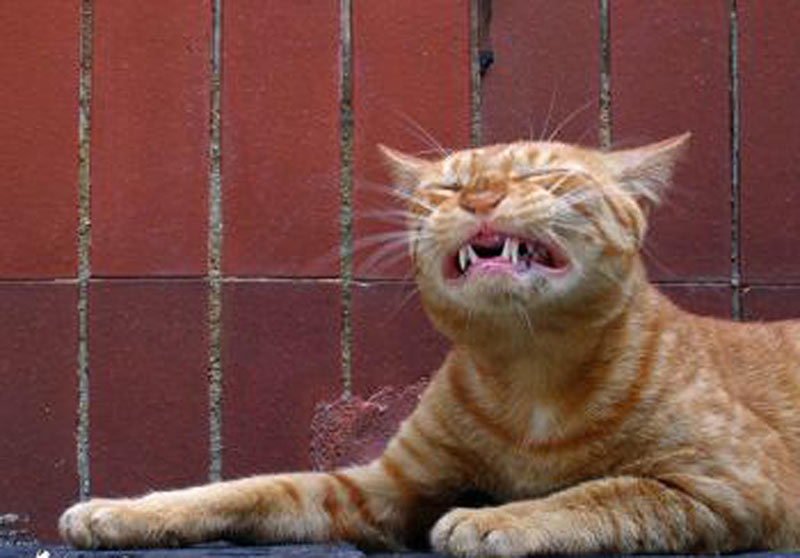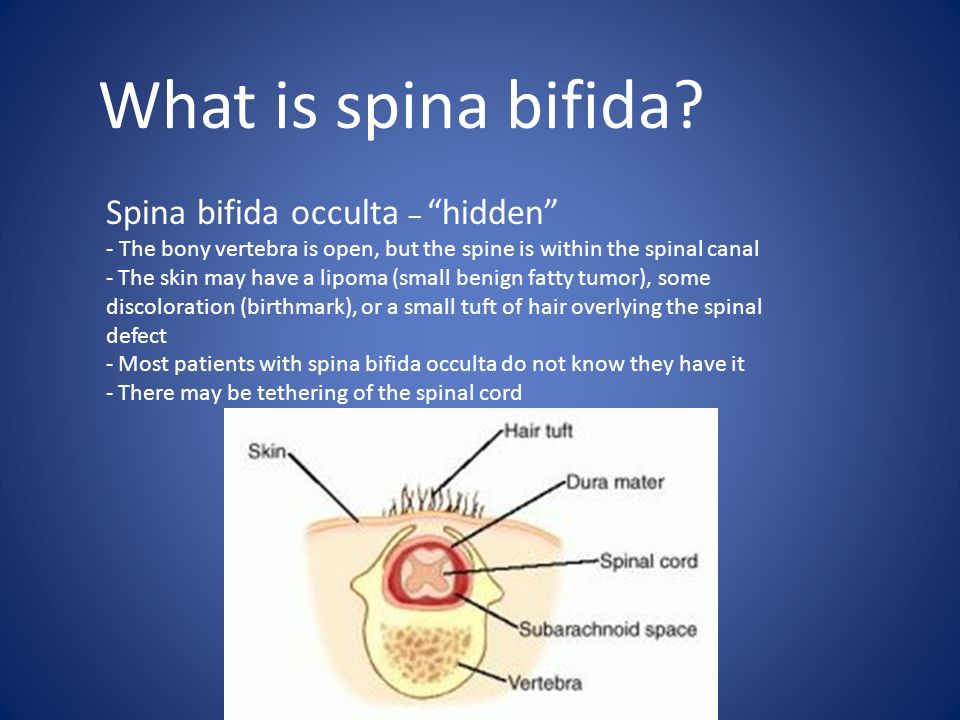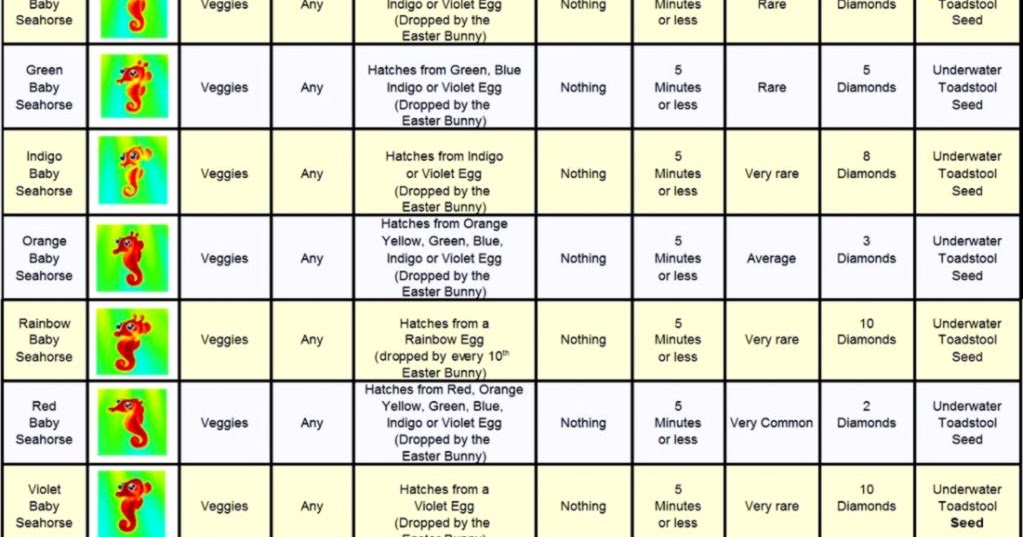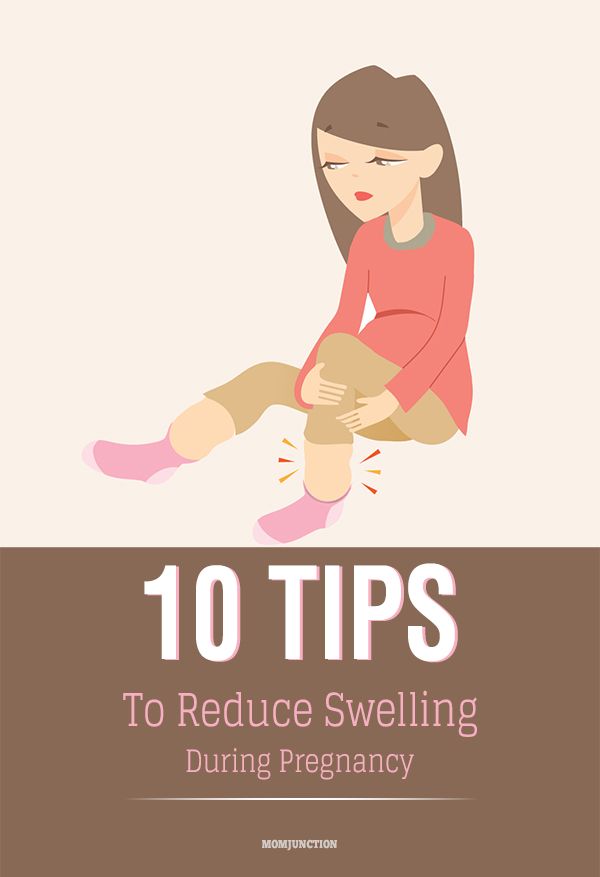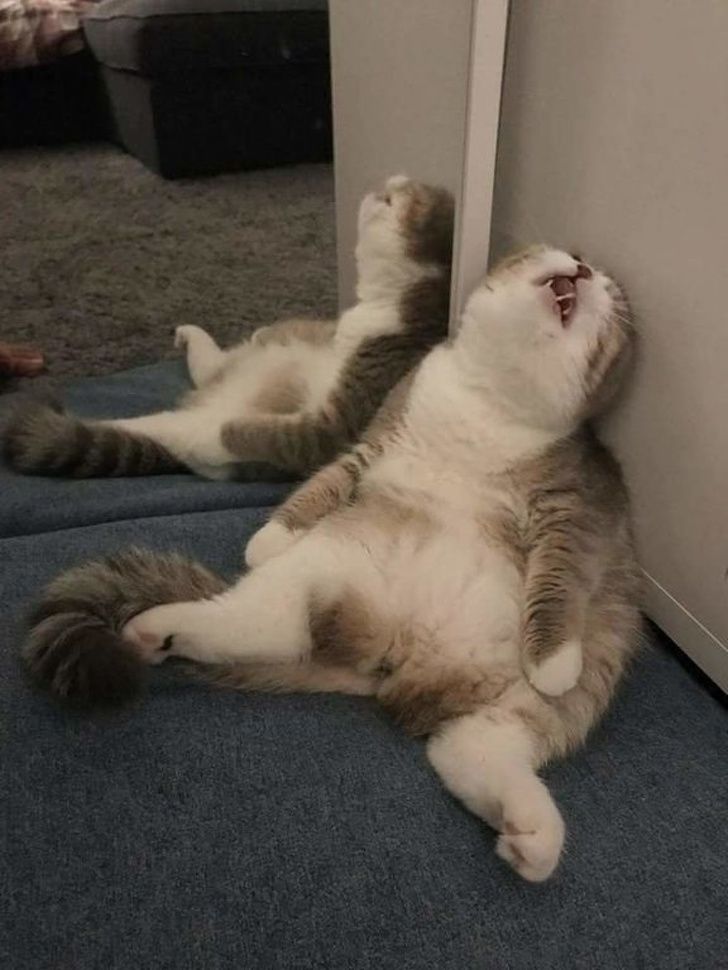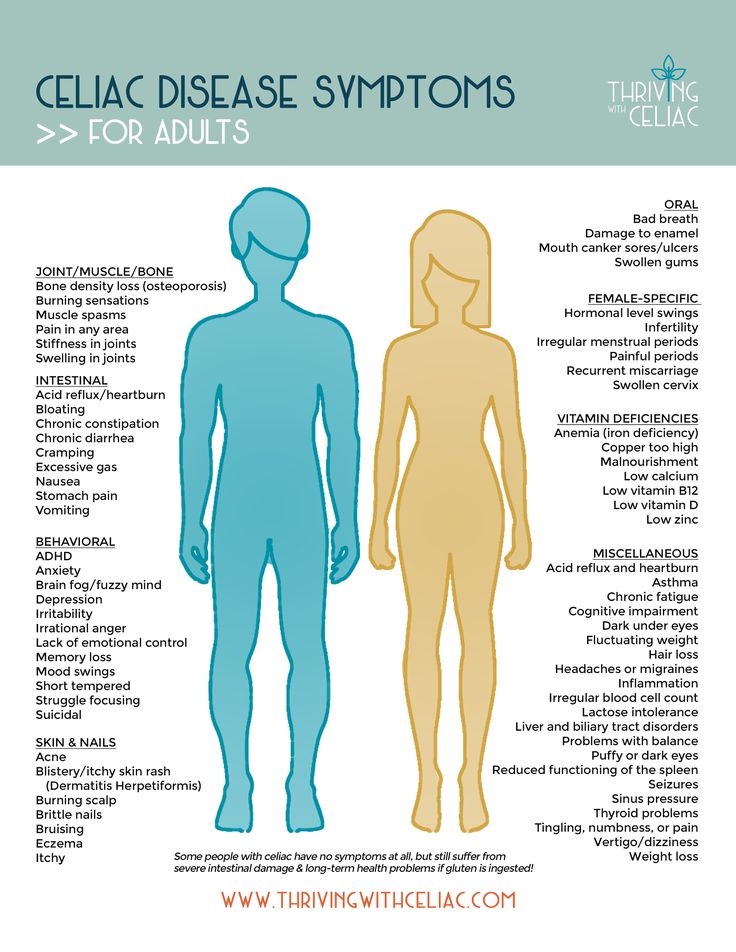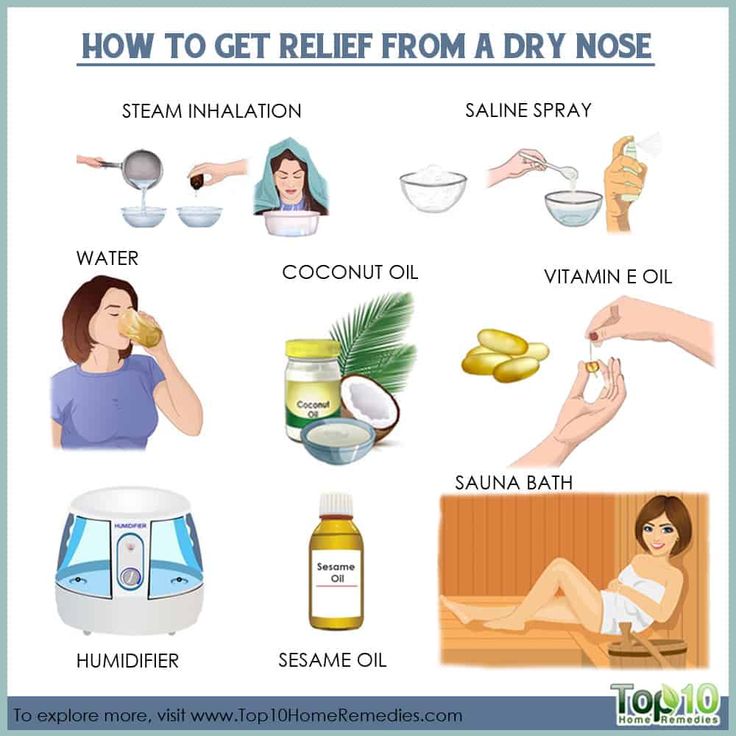Lice treatment during pregnancy
Head Lice | InfantRisk Center
Pregnancy Breastfeeding
Head lice or Pediculus humanus capitis, attack as many as 12 million children every year. Lice are spread by direct contact with infested hair. Sharing combs, brushes, beds, and hats may also contribute to the spread of these parasites. Lice infestations in the U.S. are more frequent in girls and lead to stigma and absenteeism from school or day care.1, 2
The life cycle of a louse is divided into three stages. The female adult louse lays eggs (nits) that hatch after eight or nine days. The young louse (nymph) matures into adulthood within nine to twelve days. The adult louse usually lives about one month and feeds on human blood. Adult lice are usually tan to grey in color and two to three millimeters in length. Nits are usually yellow to white in color and are less than one millimeter in size. Lice typically die after one or two days without access to a blood meal. Lice do not appear to cause disease but subsequent bacterial infections may occur from scratching.
Signs and symptoms of head lice include tickling on the scalp, difficulty sleeping, and excessive scratching. Diagnosis can be difficult as a louse moves quickly and blends in with the hair shaft. Nits are typically found around 5 millimeters from the scalp during active infestations. All family members should be evaluated for lice if one child has an infestation.
Head lice during pregnancy and breastfeeding can be treated with pediculicides including permethrin, malathion, and ivermectin. There are studies providing evidence that these agents do not increase the risk of birth defects.3-5 They are also unlikely to pass into the milk of breastfeeding mothers in clinically relevant amounts. Permethrin is preferred for breastfeeding and pregnant mothers because it is non-toxic, and there is minimal absorption through the skin (<2%).6 However, at least one additional treatment is usually required to completely treat the infestation.
Newly approved Sklice Lotion (0.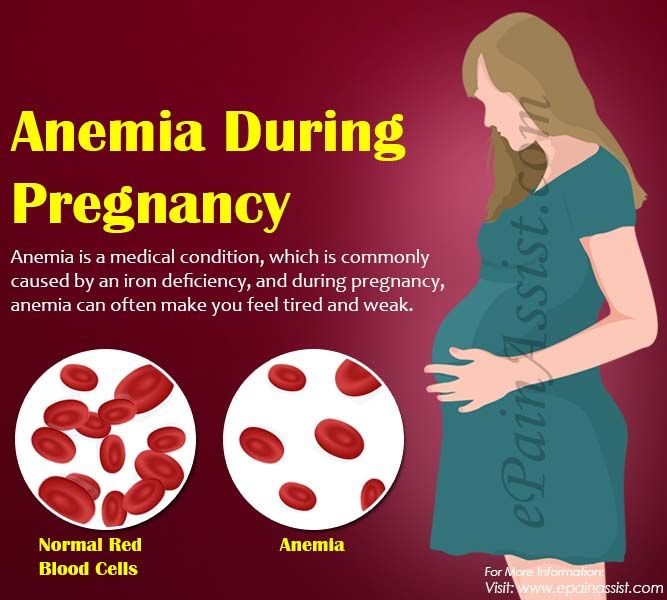 5% ivermectin) may be used in children who are six months and older. A recent study has suggested that a single topical application of ivermectin kills most of the lice.7 The researchers found that 94.9% of ivermectin treated patients were louse free one day after application and there was significant reduction in itching between day one and day two in the ivermectin group, as compared with the control group. The proportion of head louse free patients in the ivermectin group was 85.2% on day eight and 73.8% on day fifteen. The continued efficacy of treatment with topical ivermectin two weeks after a single treatment suggests that this formulation has activity against louse eggs. Another recent laboratory study has also suggested this. In this study, ivermectin was applied to head louse ova and, although the ova subsequently hatched, all the released nymphs quickly died. The nymphal mortality was attributed to ivermectin induced mouthpart paralysis, which severely limited or completely prevented the nymphs from feeding.
5% ivermectin) may be used in children who are six months and older. A recent study has suggested that a single topical application of ivermectin kills most of the lice.7 The researchers found that 94.9% of ivermectin treated patients were louse free one day after application and there was significant reduction in itching between day one and day two in the ivermectin group, as compared with the control group. The proportion of head louse free patients in the ivermectin group was 85.2% on day eight and 73.8% on day fifteen. The continued efficacy of treatment with topical ivermectin two weeks after a single treatment suggests that this formulation has activity against louse eggs. Another recent laboratory study has also suggested this. In this study, ivermectin was applied to head louse ova and, although the ova subsequently hatched, all the released nymphs quickly died. The nymphal mortality was attributed to ivermectin induced mouthpart paralysis, which severely limited or completely prevented the nymphs from feeding. 8
8
Regardless of what medication is used, if any, some careful infection-control measures are necessary to prevent re-infestation. Ova can hide under fingernails and toenails, so careful cleaning and treatment of those areas is important. Wash bedding, clothes, and hats in hot water, and with a hot air cycle in the dryer. Items that cannot be laundered may be dry cleaned or placed in sealed, plastic bags for two weeks to allow time for all lice life cycles to be completed. Vacuuming floors and furniture to remove infested hair is also recommended.
Each involved member of the household should also take time to wet comb their hair. This is a mechanical removal of lice via straining with a fine-toothed comb. Metal combs seem to be more effective than plastic for this purpose. To perform this maneuver, the hair should be wet with an added lubricant such as hair conditioner or olive oil. The hair should be brushed or combed to remove tangles. Insert the comb near the crown of the head until it touches the scalp gently.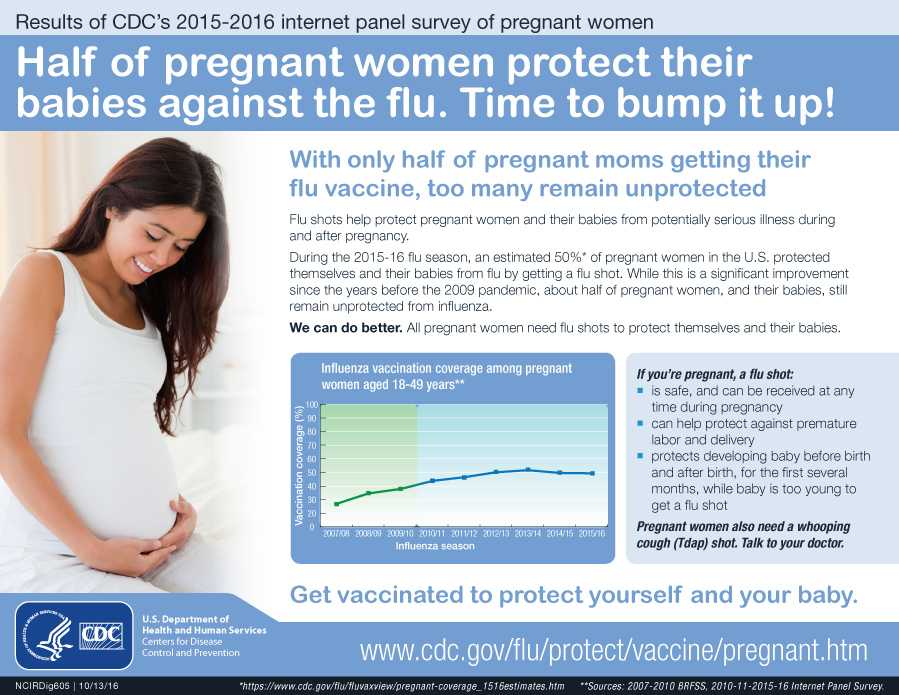 Draw it firmly down and examine the comb for lice after each stroke. The entire head should be combed systematically at least twice. Repeat the combing until no lice are found in each session.
Draw it firmly down and examine the comb for lice after each stroke. The entire head should be combed systematically at least twice. Repeat the combing until no lice are found in each session.
If no pediculicide is used, repeat sessions may be necessary every three to four days for several weeks. It is somewhat uncertain how effective wet combing is when used in place of topical insecticides. Existing studies have used flawed methodology and have produced contradictory results.
Sonia Shoukat, MD
Thomas W. Hale, Ph.D.
James Abbey, MD
References:
- Frankowski BL, Weiner LB, Committee on School Health the Committee on Infectious Diseases. American Academy of P. Head lice. Pediatrics. Sep 2002;110(3):638-643
- Gordon SC. Shared vulnerability: a theory of caring for children with persistent head lice. The Journal of school nursing : the official publication of the National Association of School Nurses.
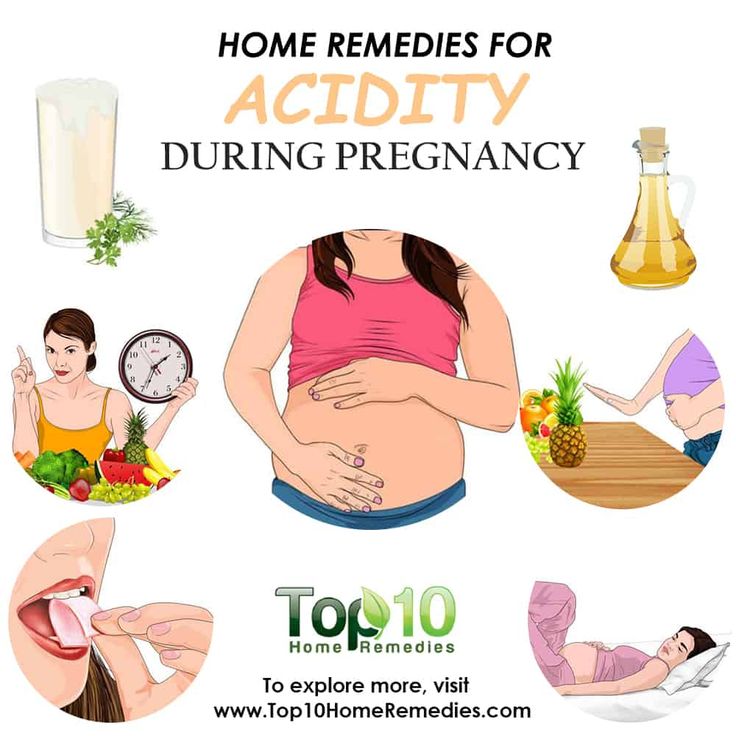 Oct 2007;23(5):283-292
Oct 2007;23(5):283-292 - Kennedy D, Hurst V, Konradsdottir E, Einarson A. Pregnancy outcome following exposure to permethrin and use of teratogen information. American journal of perinatology. Feb 2005;22(2):87-90
- Pacque M, Munoz B, Poetschke G, Foose J, Greene BM, Taylor HR. Pregnancy outcome after inadvertent ivermectin treatment during community-based distribution. Lancet. Dec 15 1990;336(8729):1486-1489
- Thomas DC, Petitti DB, Goldhaber M, Swan SH, Rappaport EB, Hertz-Picciotto I. Reproductive outcomes in relation to malathion spraying in the San Francisco Bay Area, 1981-1982. Epidemiology. Jan 1992;3(1):32-39
- Pharmaceutical manufacturer prescribing information. 2003
- Pariser DM, Meinking TL, Bell M, Ryan WG. Topical 0.5% ivermectin lotion for treatment of head lice. The New England journal of medicine. Nov 2012;367(18):1687-1693
- Strycharz JP, Berge NM, Alves AM, Clark JM. Ivermectin acts as a posteclosion nymphicide by reducing blood feeding of human head lice (Anoplura: Pediculidae) that hatched from treated eggs.
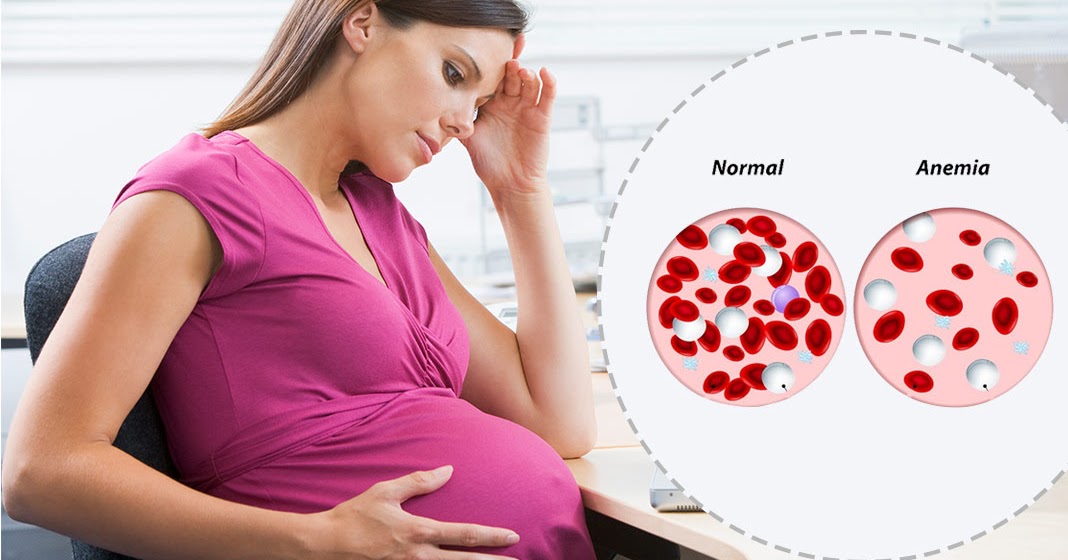 Journal of medical entomology. Nov 2011;48(6):1174-118
Journal of medical entomology. Nov 2011;48(6):1174-118
Common Conditions
Head lice | Pregnancy Birth and Baby
Head lice | Pregnancy Birth and Baby beginning of content4-minute read
Listen
What are head lice?
Head lice are tiny, wingless insects about the size of a sesame seed that live in the hair of humans and animals. They feed on blood by biting the skin. Their eggs are called nits and are laid in the hair. The nits hatch after several days, producing more lice.
Lice and nits are not dangerous, and do not spread disease, but the bites can cause itching and sometimes skin irritation.
How are head lice spread?
Head lice can be passed between children by contact with personal items, for example shared combs and brushes.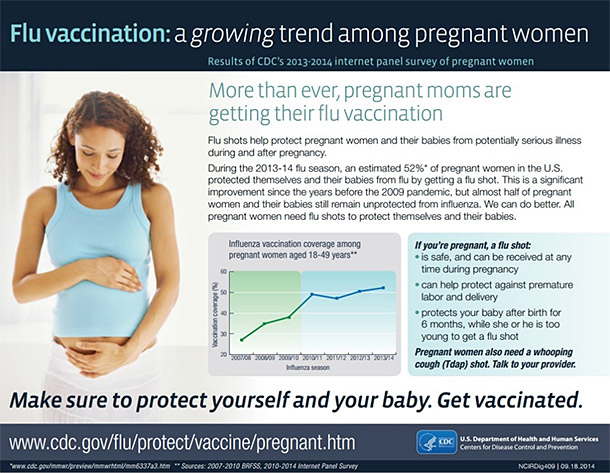
The spread of lice among preschool and school children is common and should not be seen as a sign of poor hygiene.
Lice need warmth and blood to survive. They do not live for long on clothing, bedding or personal items.
What are the symptoms of head lice?
Lice often cause itching of the skin, but this is not always the case. Bites can cause the skin to become red and irritated, which can be made worse by scratching.
You can see the lice and nits if you look closely at your child’s head and scalp. Nits look like tiny white dots attached firmly to the hair. They cannot be brushed or flicked off the hair, but must be physically removed with fingers or fingernails.
How do I know if my child has head lice?
Your child may not have an itchy scalp if they have head lice, and an itchy scalp is not a sure sign of head lice. So the best way to find them is to follow a weekly routine of scalp and hair examination:
- Using a normal comb, spread hair conditioner through your child’s dry, untangled hair.
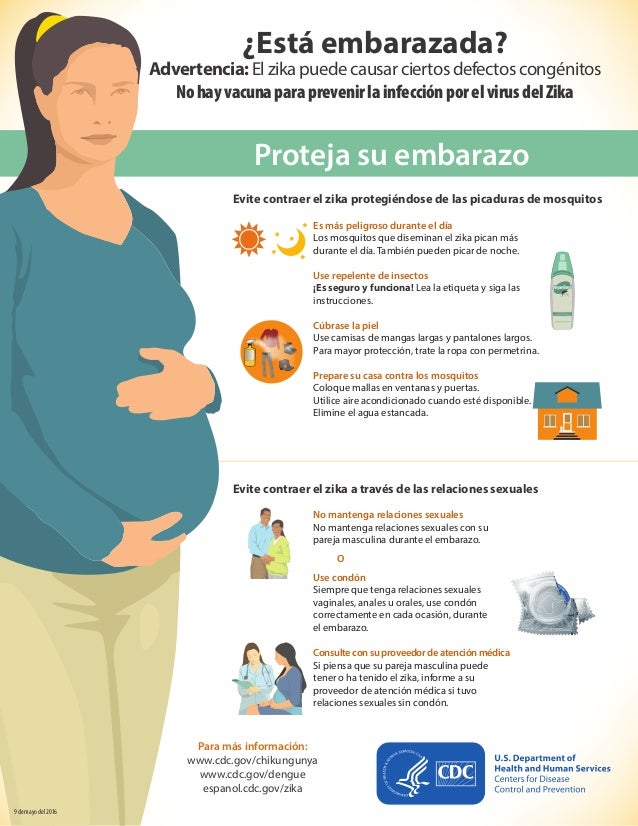 The hair conditioner briefly stuns the lice to make them easier to catch (lice usually move very quickly, so you might not see them).
The hair conditioner briefly stuns the lice to make them easier to catch (lice usually move very quickly, so you might not see them). - Using a special metal fine-toothed nit comb (available from the supermarket or chemist), comb sections of hair from the roots to the tips, systematically combing the entire head. Nits and lice become trapped by the fine teeth of the comb.
- Wipe the conditioner (and lice and nits) from the comb onto a paper towel or tissue.
- Examine the tissue and the comb for any sign of lice and nits.
- Repeat the combing to cover the hair on each part of the head twice.
- If lice or eggs are found, you will need to take steps to treat the head lice to get rid of them.
What is the best treatment for head lice?
The most effective treatment involves repeating the hair conditioner and combing process until no head lice have been found for at least 2 weeks. This covers the time it can take for any undetected nits to hatch and produce more head lice.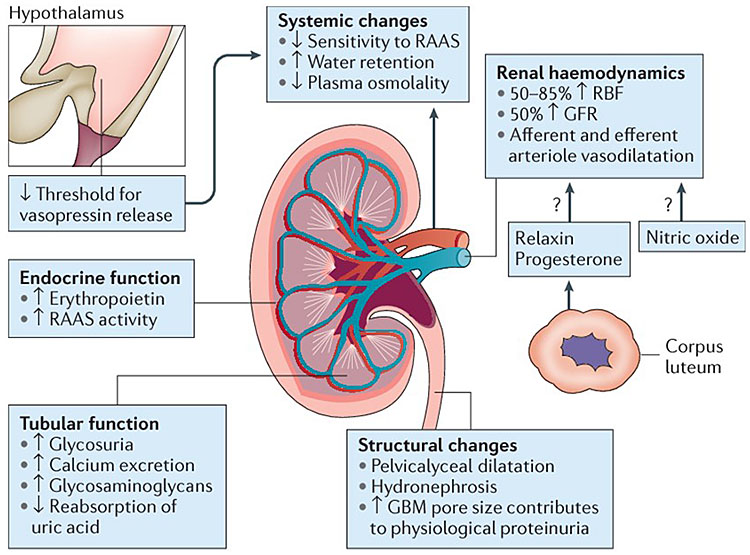
You might need to use your fingernails to dislodge any nits from your child’s hair that escaped the comb and that are 15 mm or less from the scalp. Any further away than that and the nits will not hatch — they will be dead, or will have already hatched.
An added advantage of the hair conditioner-combing process is that it avoids the use of strong chemical pesticides on your child’s skin.
How effective is a chemical treatment of head lice?
There are chemicals you can buy at the chemist that kill head lice and are known to be safe for children aged more than 6 months, but there is no single chemical treatment that will work for everyone. Lice can develop resistance to the chemicals.
If you decide to use a chemical, it is important that you follow the instructions closely that come with it. You will need to repeat the chemical method within 7 days, as most treatments do not kill the eggs. The only way to test whether the treatment has worked is to use a nit comb and look for any live lice.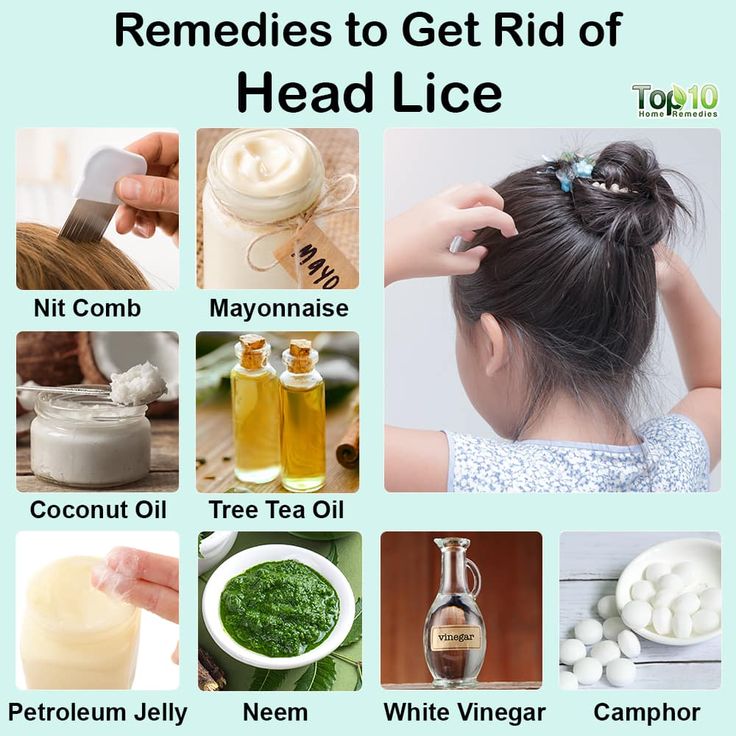 If it has not worked, do not use the same chemical again — switch to another chemical, or use the comb and conditioner method.
If it has not worked, do not use the same chemical again — switch to another chemical, or use the comb and conditioner method.
What can be done to help prevent lice?
Prevention of head lice among young children is difficult. Lice move between them by head to head contact during play, and can survive for some hours on combs and brushes. One step to minimise the spread of head lice is to avoid sharing brushes and combs.
Sources:
Department of Health, Victoria (About head lice), National Health and Medical Research Council (Staying healthy - Preventing infectious diseases in early childhood education and care services), Raising Children Network (Head lice), NSW Department of Education (Head lice and nits)Learn more here about the development and quality assurance of healthdirect content.
Last reviewed: April 2021
Back To Top
Need more information?
Treatment - Head lice
There are two main treatment options to remove head lice: mechanical removal and chemical removal.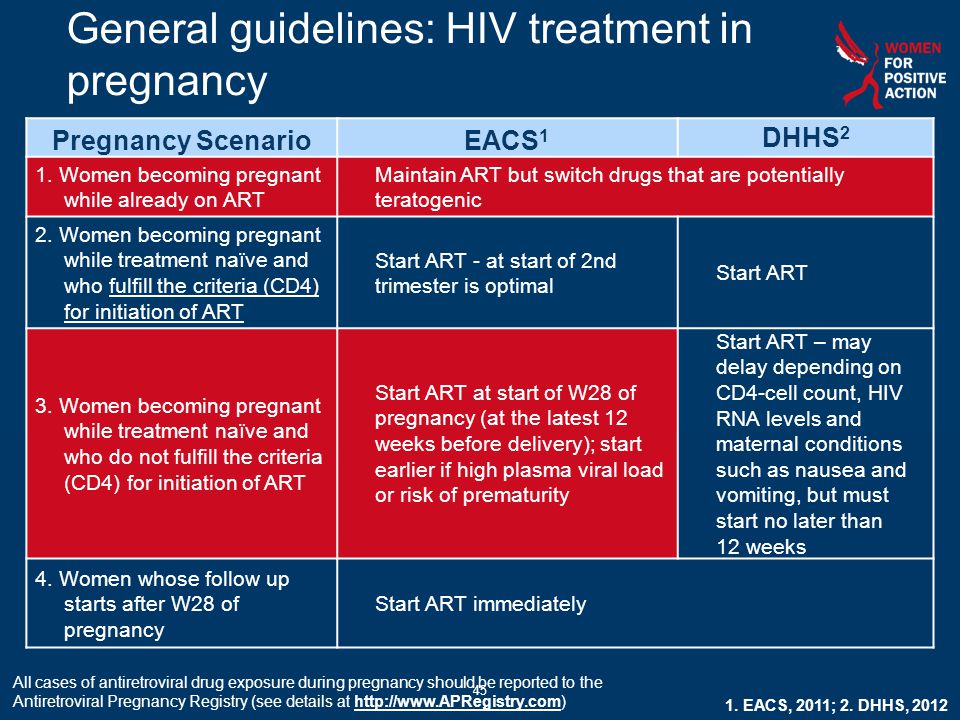 Head lice are only found on the human head or hair. Treating anything other than the human head does not eradicate head lice.
Head lice are only found on the human head or hair. Treating anything other than the human head does not eradicate head lice.
Read more on NSW Health website
Head lice
Head lice are tiny insect parasites that live on your head and feed on your scalp (the skin covering your head).
Read more on WA Health website
Head lice and nits in children | Raising Children Network
Kids often get head lice (also called nits), especially at child care, preschool and school. This guide explains head lice treatment, causes and symptoms.
Read more on raisingchildren.net.au website
Head lice (nits) - Better Health Channel
No product can prevent head lice, but regular checks can help prevent the spread.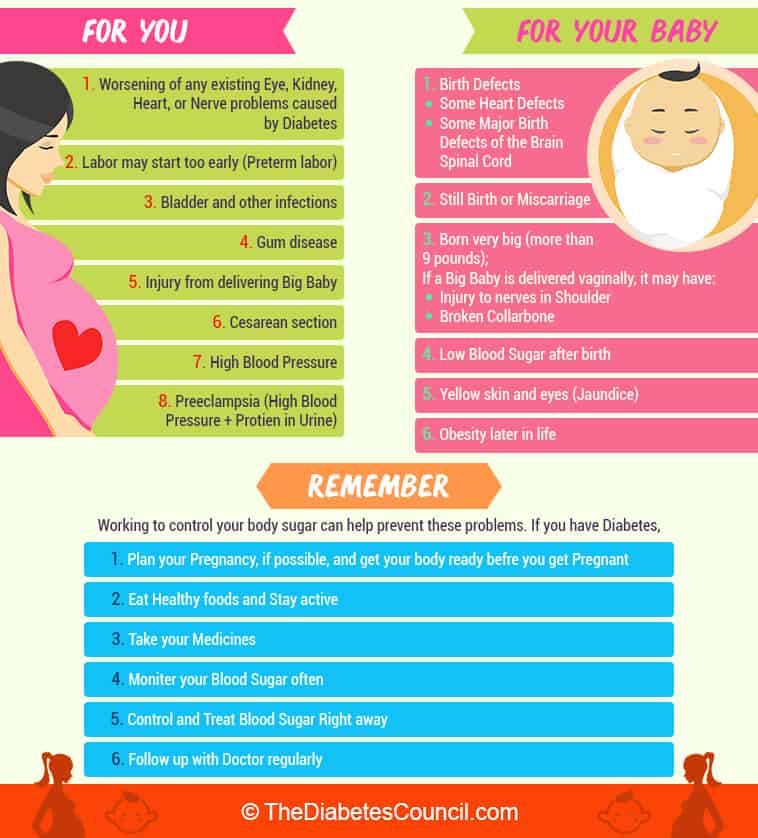
Read more on Better Health Channel website
Surgery - How do I prepare my child for planned surgery | Sydney Children's Hospitals Network
Pre surgery wash Your child needs to be bathed either the night before or on the day of surgery, to reduce the chance of infection
Read more on Sydney Children's Hospitals Network website
Body lice - Better Health Channel
Body lice can spread from one person to another when the environmental conditions are crowded and unhygienic.
Read more on Better Health Channel website
Childhood infections: minimising the spread - MyDr.com.au
The 3 most effective ways of stopping the spread of childhood infections are: getting your children vaccinated; keeping them at home when they are sick; and careful hand washing.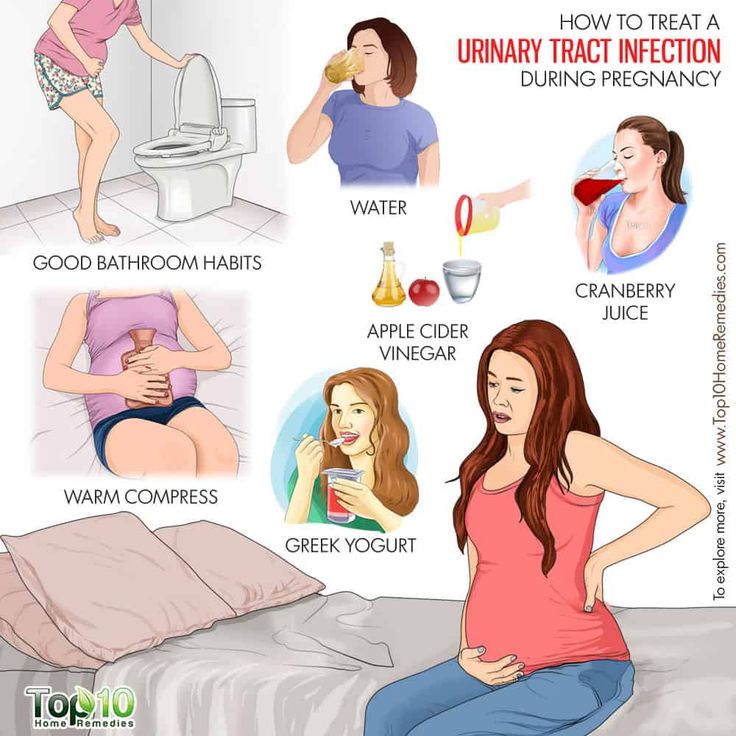
Read more on myDr website
Simple rules for child-rearing - MyDr.com.au
10 useful rules to bringing up children.
Read more on myDr website
Bed-wetting - MyDr.com.au
Wetting the bed: find out about the causes, effects on children and available treatments for bed-wetting.
Read more on myDr website
Knock knees - MyDr.com.au
Knock knees (genu valgum) is common in young children. The legs usually straighten as the child grows.
Read more on myDr website
Disclaimer
Pregnancy, Birth and Baby is not responsible for the content and advertising on the external website you are now entering.
Need further advice or guidance from our maternal child health nurses?
1800 882 436
Video call
- Contact us
- About us
- A-Z topics
- Symptom Checker
- Service Finder
- Linking to us
- Information partners
- Terms of use
- Privacy
Pregnancy, Birth and Baby is funded by the Australian Government and operated by Healthdirect Australia.
Pregnancy, Birth and Baby is provided on behalf of the Department of Health
Pregnancy, Birth and Baby’s information and advice are developed and managed within a rigorous clinical governance framework. This website is certified by the Health On The Net (HON) foundation, the standard for trustworthy health information.
This site is protected by reCAPTCHA and the Google Privacy Policy and Terms of Service apply.
This information is for your general information and use only and is not intended to be used as medical advice and should not be used to diagnose, treat, cure or prevent any medical condition, nor should it be used for therapeutic purposes.
The information is not a substitute for independent professional advice and should not be used as an alternative to professional health care. If you have a particular medical problem, please consult a healthcare professional.
Except as permitted under the Copyright Act 1968, this publication or any part of it may not be reproduced, altered, adapted, stored and/or distributed in any form or by any means without the prior written permission of Healthdirect Australia.
Support this browser is being discontinued for Pregnancy, Birth and Baby
Support for this browser is being discontinued for this site
- Internet Explorer 11 and lower
We currently support Microsoft Edge, Chrome, Firefox and Safari.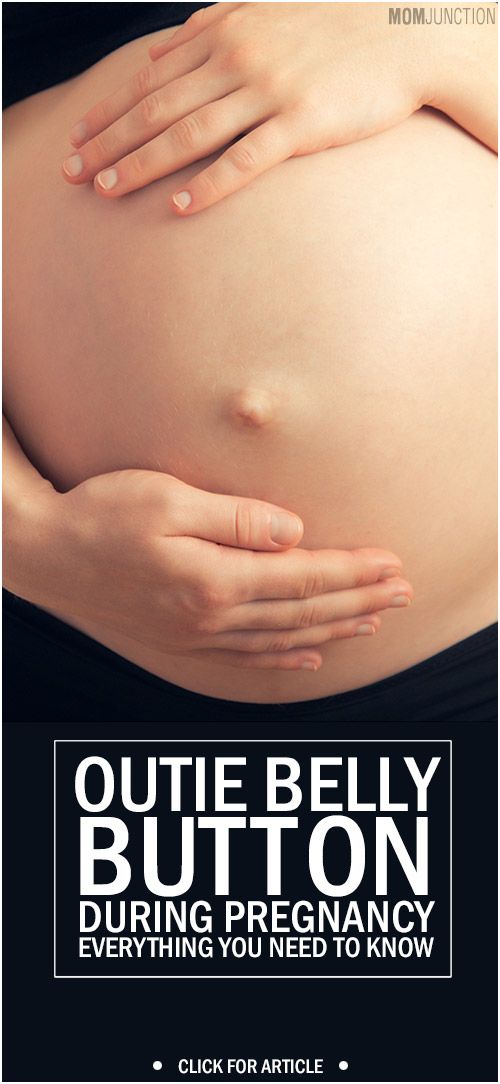 For more information, please visit the links below:
For more information, please visit the links below:
- Chrome by Google
- Firefox by Mozilla
- Microsoft Edge
- Safari by Apple
You are welcome to continue browsing this site with this browser. Some features, tools or interaction may not work correctly.
Treatment of head lice during pregnancy
As you know, pregnancy is not a diagnosis, but a temporary state of a woman, during which she enjoys future motherhood. But sometimes, the mood can be overshadowed by an annoying nuisance - pediculosis. Exactly. Unfortunately, pregnancy does not protect the expectant mother from parasites. And therefore, she, like many other people, can become infected with them.
But unlike ordinary people, pregnant women have to deal with lice in a slightly different way. nine0003
How to cure pediculosis in a pregnant woman
It is a well-known fact that during pregnancy the treatment of pediculosis is hampered by the fact that it is impossible to use certain drugs, since their chemical composition can harm not only parasites, but also the woman herself and her fetus. Therefore, in this case, you need to show maximum patience, and try to start the fight mechanically.
Therefore, in this case, you need to show maximum patience, and try to start the fight mechanically.
Mechanical lice removal
To do this, you can use a special fine-toothed comb with a white cloth. Carefully combing out the parasites, they must be destroyed immediately in order to prevent any attempts to escape. However, getting rid of nits is not so easy. They are too tenacious and hold well on the roots of the hair. To destroy them, you can use special irons to straighten your hair. Warming them up to a certain temperature, strand by strand should be carried out from the very roots to the very tips. True, this can harm the already weakened hair of a pregnant woman. Therefore, if you do not want to take risks, use some folk methods. nine0003
Folk therapy for head lice
In order to get rid of lice during pregnancy, you can use safe remedies for head lice, which were used by our mothers and grandmothers. The list of these preparations consists of:
- apple cider vinegar;
- cranberry juice;
- decoction of wormwood;
- parsley juice;
- tar and dust;
- also, olive or butter.
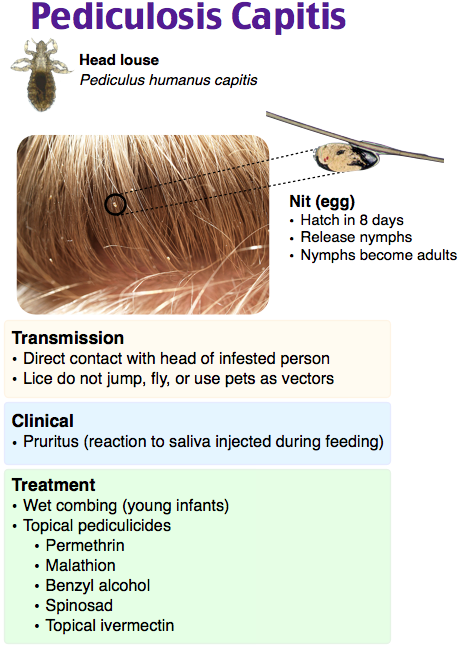 nine0031
nine0031 - Features of pediculosis during pregnancy
- Safe treatment of head lice in pregnancy
However, here, as in the previous version, in order to * cure pediculosis * you will have to try hard, showing stamina and endurance. Why? Because no matter which of the above options you choose, you will have to repeat the manipulations at least three times. But on the other hand, neither you nor the child can be harmed by such treatment in any way.
Another thing is when all efforts go down the drain. In this case, you will have to discard all stereotypes and boldly go to the nearest pharmacy. nine0003
Medical treatment of lice in pregnant women
If no previously tried methods could save you from unwanted parasites, you have no choice but to buy a modern remedy for lice, which will surely help you forget about this trouble. This may be a drug such as: Permethrin or Melatinone. Both of them are very effective, safe, and most importantly, enjoy a good reputation and great popularity.
Creative treatment for head lice during pregnancy
Contrary to the fact that there is a belief that during the period when a woman is in an "interesting position" she can neither dye nor cut her hair, many people forget about these ancient traditions.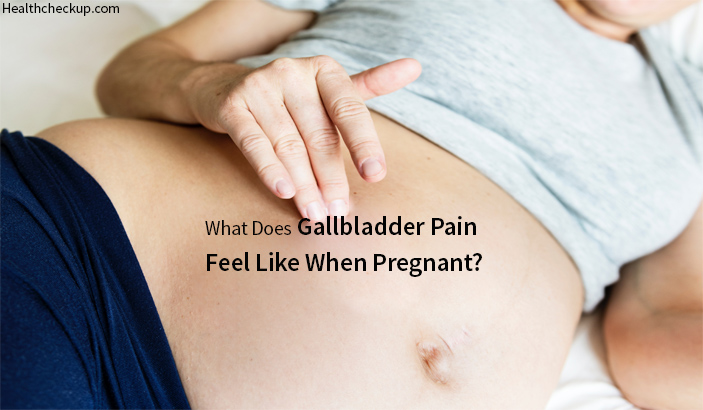 And regarding such a problem as lice, this solution becomes a lifeline.
And regarding such a problem as lice, this solution becomes a lifeline.
The most ordinary hair dye will help not only to remove parasites once and for all, but also improve hair color!
Comments0001
Pediculosis during pregnancy
Contents
Features of head lice during pregnancy
Any pregnant woman can find lice on her head. Infection by these small blood-sucking insects occurs in different ways. Lice easily move through the hair and therefore if the curls are long enough, then the chance to pick up parasites increases several times. The expectant mother can become infected in the antenatal clinic, because different categories of citizens are examined there. Often, lice are a family problem, that is, an older child can bring them from any children's team, and then almost all family members become owners of small insects. nine0003
nine0003
The appearance of lice in a pregnant woman gives her a lot of unpleasant minutes. Psychological discomfort, constant itching and scratching of the scalp, dermatological problems - all this can negatively affect the child.
Treatment of head lice during childbearing is of course mandatory, but not all modern preparations with insecticidal action can be used during this period. The thing is that the components included in various sprays, ointments, solutions, shampoos and other means can adversely affect the development of the fetus. nine0003
Care should be taken to choose drugs that will not harm the fetus
Most anti-pediculosis drugs include substances such as permitrin, cyclomethicone, phenothrin. Their testing was carried out only on experimental animals, and therefore no one will say exactly how their use will affect the child. The active ingredients of lice preparations can mostly cross the placenta and therefore do not need to be used.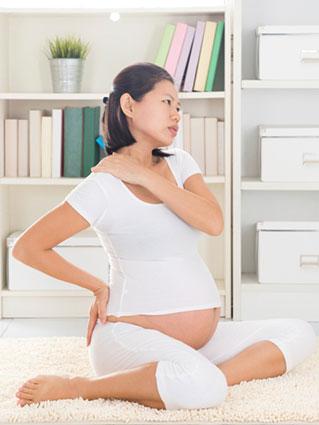 Hellebore water treatment is very popular, with the help of which in most cases it is possible to get rid of lice the first time. But a woman carrying a child and this remedy is contraindicated. Do not use at this time and such a tool as kerosene, its smell adversely affects the well-being. nine0003
Hellebore water treatment is very popular, with the help of which in most cases it is possible to get rid of lice the first time. But a woman carrying a child and this remedy is contraindicated. Do not use at this time and such a tool as kerosene, its smell adversely affects the well-being. nine0003
Treatment of detected head lice during pregnancy should be safe for both the mother and the unborn baby. Not many women will tell a doctor about such a problem, but if you decide to do this, you can get detailed advice on safe measures to combat blood-sucking parasites. When choosing a remedy and method for getting rid of head, pubic or bed lice, a woman needs, first of all, to use non-toxic methods.
RECOMMENDED BY OUR READERS!
To get rid of insects, our readers advise Pest-Reject . The operation of the device is based on the technology of electro-magnetic pulses and ultrasonic waves! Absolutely safe, ecological product for humans and pets. Read more here. ..
..
Safe treatment of head lice during pregnancy
If during pregnancy it is not possible to find a completely safe remedy for identified lice, then you can treat head lice using safe methods. These include:
Pediculosis treatment should be carried out on a large scale. This means that for preventive purposes, it is necessary to treat the heads of all family members, especially children and relatives lying due to illness. Bed linen, personal items, combs, and hats also need to be disinfected. It is advisable to wash all things in very hot water, dry and iron well. Without food, lice can live up to two days, and therefore floors in the house, walls and other surfaces also need to be processed.
If children in the family of a pregnant woman are infected with head lice, then their treatment must also be carried out taking into account all safety measures. It is optimal if the treatment of children with pharmaceutical preparations will be carried out by relatives - dad, grandmother.

